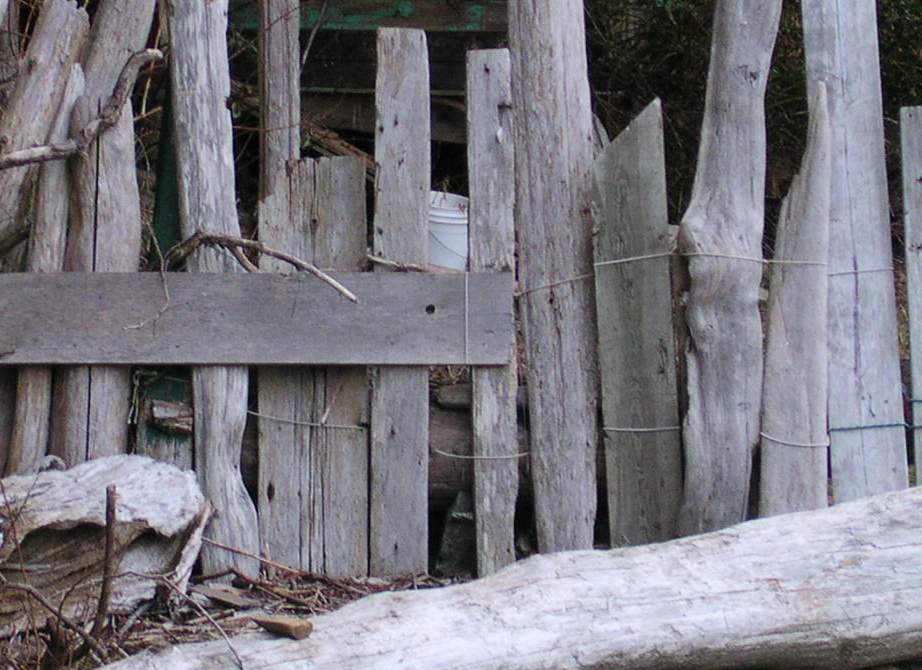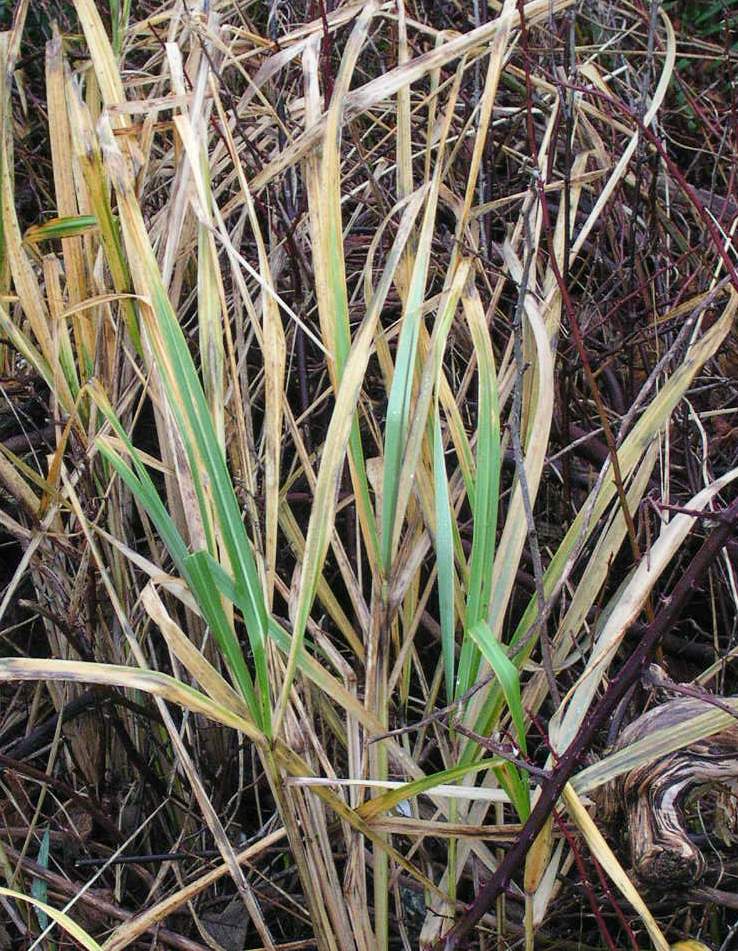Peter London has the following to say about "No More Secondhand Art" on his website:
"This book means to help you uncover your natural image-making abilities and so return to you the power that language has to share and create life. We must recapture our personal and idiosyncratic language so that we may speak about our personal and idiosyncratic life. The claim is not that our triumphs in art will automatically lead to similar successes in life. The claim put forward is more modest but nonetheless substantial; it is that the ways of thinking about what art is, what art has the potential for doing, and the strategies offered herein, are powerful means of awakening the artist within. The potential of carry over from art to the transformation of life is real- not simple or automatic, but real. It is this personal transformation of life through an engagement with the creative process that this book intends.
How breathtaking it is to start out on a journey into the unknown…Setting out on that journey in the hope of uncovering sources of inner worth so that we may step more lightly and confidently through life is our ultimate goal; our means will be the creative process.
Suppose life is a journey, an endless, surprising odyssey in which we may move from naivete to wisdom, from self-consciousness and awkwardness to grace, and from superficial knowledge to profound knowledge. The infinite menu of possibilities that life continuously displays before us may be viewed as an invitation to embark on this adventure through the varied and unpredictable terrain. The artistic process is more than a collection of crafted things; it is more than the process of creating those things. It is the chance to encounter dimensions of our inner being and to discover deep, rewarding patterns of meaning."
Last Friday after playing around with two printmaking techniques we moved on to an exercise called "Going to the infinite well" from Peter London's book.
"This exercise encourages us to traverse new territory in new ways and cultivates a light hand and an uncomplicated, nimble mind. Its rapid pace cuts through our unusual convoluted thinking, and the large number of mini-tasks overwhelms our ordinary repertoire of responses, calling forth unexpected reservoirs of original and personal responses."
We started off looking for an object that spoke to us and then spent five minutes looking it over. We put the object away and out of sight. We assembled 60 sheets of computer paper in front of us with an array of drawing media. Each drawing was timed for 1 minute. The first drawing was based on a reaction to the object, then the second image was based on our reaction to seeing the previous drawing. We kept repeating this pattern of sixty-second images, each new drawing based on the experience of having made the previous drawing.
We all experienced different reactions as we moved through the exercise, sometimes tired, sometimes frustrated. The idea is to be aware of bodily reactions at each stage of the series, noting at what phase of the exercise we ran out of ideas, got stuck, became frustrated, got a second wind, made a breakthrough, or felt swept along by fresh inspiration.
The whole idea is to work so quickly that you don't have time to think or use old ways of working, hopefully breaking into new ground.
We layed out our 60 sheets in the order they were drawn to see the flow and movement.
Here is an example of the characteristics of the series as a whole that London asks us to think about.
- The direction of the evolution of the pieces: have you moved toward more abstraction/realism, toward more gesture/detail, toward more/less color, texture, parttern?
- The distance between images: how much of a difference is there between one image and the next? Was the pattern of change drastic, or moderate? What kinds of changes did you make in mood, attitude, apparach, conception?
- The fatigue factor: did you run out of ordinary responses after a while and probe any new territory?
- How did you handle your fatigue; your breathless pace, your frustration, your out-of controlness? Did you meet your fatigue in anger, in a welcome yielding, in defeat, perhaps in soft joy?
- Your reaction(s) to the time constraints: Did you make it into an enemy, an ally, or an opportunity?
- Did you uncover some very old ways of working?
- Did you uncover any new ways of working?































































